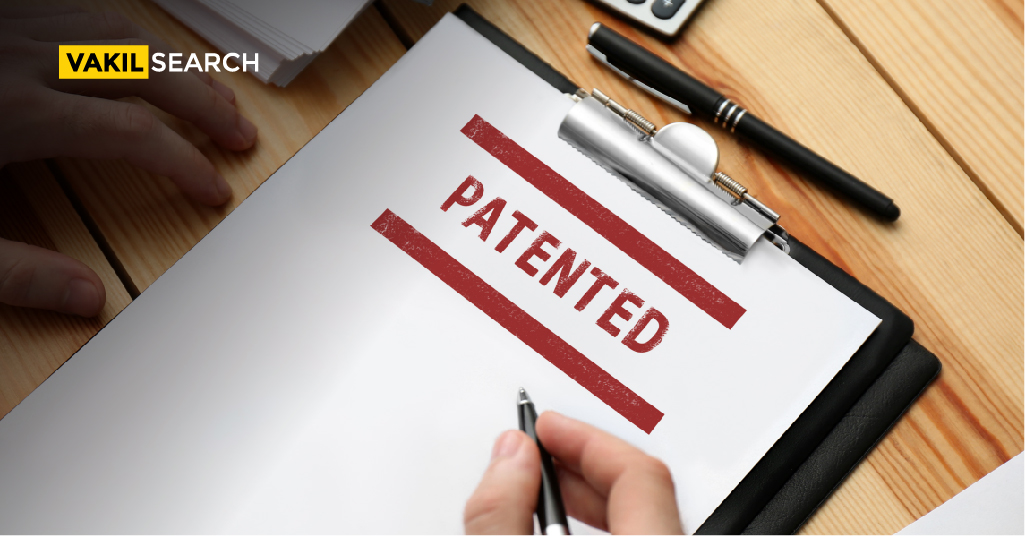In a provisional specification, an invention simply needs to be disclosed broadly and doesn’t need the claims to be enclosed. It is a simple document that helps the inventor acquire the priority date for the invention.
Introduction
A Provisional Patent, which is one of the branches of intellectual property, is an invention upon which an exclusive marketing and production right is bestowed. The invention could be a novel product or process that gives an inventive solution for some existing problem. Know about Provisional Patent Filling Process.
The person intending to secure a patent must disclose the technical information about the invention to the public and in return, receives exclusive marketing rights.
In the life cycle of a patent, the specification documents are the heart and soul of the patent. These are techno-legal documents that disclose information about the invention in the form of claims and are submitted along with the patent application. The specifications are of two types:
- Provisional Specification
- Complete Specification.
While a provisional specification is the general description of the invention and is mainly filed to secure the priority date of the application, a complete specification renders the explanation about the invention particularly and fully.
Although it sounds quite straightforward, in real-time, filing the specifications and securing a patent is a long and cumbersome process. When inventors have a path-breaking idea, good enough to change the world, the first sensible thing to do is to file a patent. Unfortunately, simply googling about the process could throw them into frustration, as the amount of information available is simply overwhelming.
Importance of Provisional Patent:
Priority Date: Establishing the priority date is critical for determining the order of invention, especially in situations where multiple inventors are working on similar ideas. It ensures the inventor’s rights over the invention.
Delayed Costs: The provisional patent allows inventors to secure initial protection at a lower cost compared to filing a complete patent application. This is beneficial, especially in the early stages of invention when budgets might be limited.
One-Year Window: The one-year period provides inventors with valuable time to further develop, test, or secure funding for their invention before making a commitment to the more comprehensive and costly complete patent application.
Early Commercialization: By allowing inventors to disclose and test the market without losing patent rights, a provisional patent encourages early commercialization. This can be crucial for inventors looking to establish a market presence.
Invention Refinement: The provisional patent accommodates ongoing refinement and improvement of the invention during the provisional period. This flexibility is vital for inventors to fine-tune their ideas before committing to a final patent application.
Legal Protection: Acting as a legal placeholder, the provisional patent safeguards the idea from potential patent disputes or challenges during the development phase, offering a level of protection.
Attracts Investors: Having a provisional patent in place signals to potential investors or licensees that the inventor is serious about protecting their intellectual property. It can make the invention more appealing for investment or licensing opportunities.
Faster Initial Filing: The provisional application process is generally quicker and less formal, allowing for a faster initial step in securing patent rights. This speed can be advantageous in gaining an early foothold in the patenting process.
Is Professional Help Required to File a Patent?
While a provisional specification reserves a patent’s priority date, inventors often consider self-filing to save legal fees. Although legal, it can backfire, as online advice may lack precision. The Patents Act, 1970 doesn’t mandate a lawyer, but the complexity of specifications may lead to issues. Seeking professional help, despite costs, ensures accurate filing, avoiding potential setbacks for inventors.
Before filing a provisional patent, ensure your invention qualifies. Consulting a lawyer is crucial, as patentability varies. A lawyer aids in drafting the provisional specification accurately, preventing loss of time and resources. Filing it independently may lead to non-novel or non-patentable content. A lawyer conducts a thorough patent search, ensuring novelty and compliance with the Patent Act, 1970. Collaborating with a lawyer is wise, as online resources may lack precision. Saving on legal fees may prove costly in the long run, risking a potential breakthrough invention. Trusting professionals like Vakilsearch ensures efficient collaboration and avoids future setbacks.
Conclusion
In conclusion, a provisional patent plays a crucial role in the journey of inventors and their ideas. It’s like a special tool that helps protect their creations, giving them time to make them even better. The priority date it sets is like a badge that shows who came up with the idea first.
This not only safeguards the invention but also allows inventors to take their time before making a big commitment with a complete patent application.
The provisional patent is like a friendly helper, making sure inventors don’t miss out on the chance to secure their rights over their creations. It’s a bit like a safety net, giving them the freedom to test their inventions in the real world without worrying too much.
This early protection, even though it’s not the complete deal, is still very valuable and can attract friends, or investors, who might want to be a part of the journey. So, while it may seem like a small step, filing a provisional patent is a big leap in ensuring that great ideas get the protection and attention they deserve.
Read More:-




